Road bike bottom bracket standards explained
We run through the exciting world of bottom bracket standards, so you'll know your PF30 from your BB386Evo
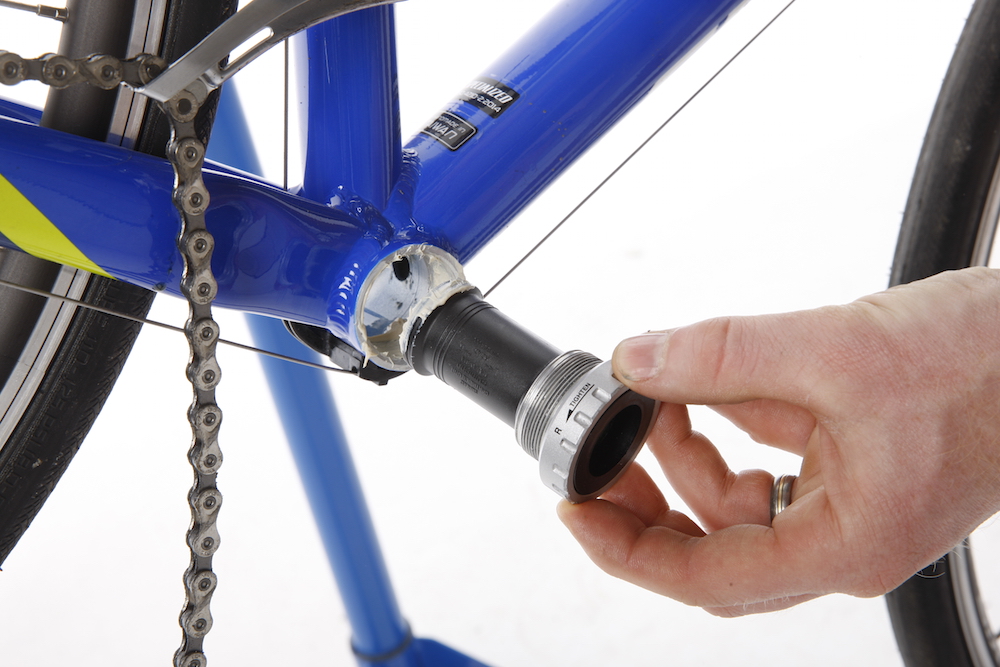

Luke Friend
For a seemingly simple component the bottom bracket can prove to be rather tricky.
Its job is to attach the crankset to the frame, allowing you to pedal. When all is well, and the bearings are running smoothly, it is easy to forget. However, like any bicycle part that uses bearings, it will eventually need replacing. And that’s when the fun starts.
The idea of a standard road bike bottom bracket has long since passed. Once there were only steel frames with threaded bottom bracket shells. The majority used the BSA standard bottom bracket with a 68mm wide shell and a 34.8mm diameter. There were a few frames that adopted the Italian threaded standard, which were a little wider and had regular threads on both the left and the right side, but that’s as complicated as it got.
However both the advent of carbon frames and the push for greater pedaling efficiency led to the creation of the press-fit bottom bracket design. Carbon doesn’t respond well to having threads cut into and threaded metal inserts added weight so frames began to be designed with smooth bottom bracket shells, with the bearings then pressed into this shell.
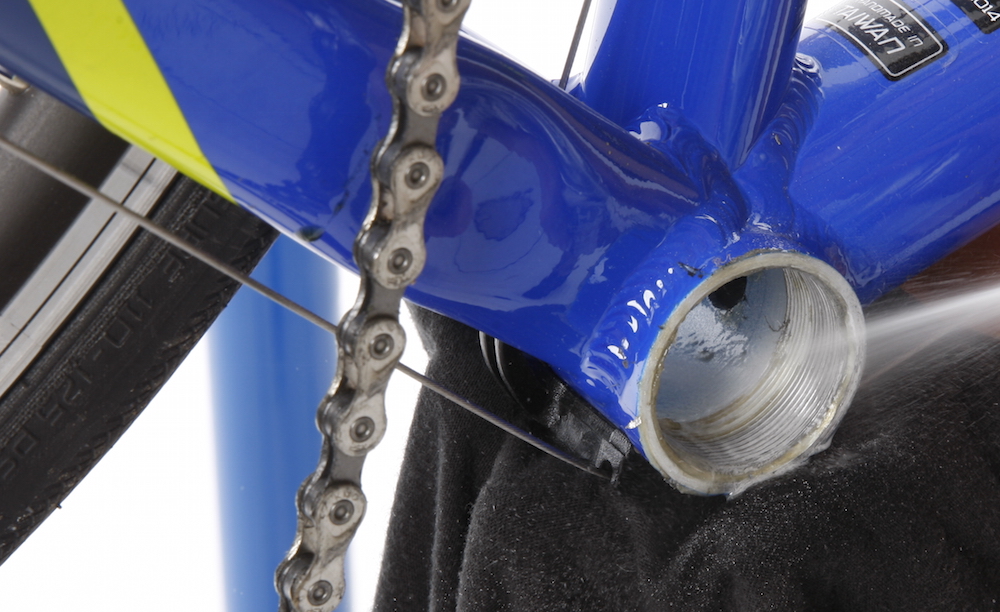
Brands then experimented with different shell and axle widths and diameters in search of improved stiffness, better power transfer and a reduction in weight. The result was an explosion of new designs. Unfortunately, press-fit bottom brackets can present their own issues: firstly, the difficulty of fitting and removing the bearings at home, and secondly, if the frame isn't built within a very small window of tolerance, creaks can emerge - though these tend to take time to rear their head.
The result? The years 2020 and 2021 saw a resurgence of threads - the T47 adopted by Trek and the 68mm wide BSA by Specialized in its launches of the Tarmac SL7 and Aethos. The decision adds a few grams, via the threaded insert, but is music to the ears of home mechanics and those who have encountered creaky press-fit systems.
'Standards' is still most certainly plural when it comes to bottom brackets, and something of an oxymoron; there’s little 'standard' about the modern day bottom bracket.
For the home mechanic it can be a minefield. Compatibility issues abound. To attempt to provide some clarity in these decidedly murky waters, we’ve run through the main bottom bracket types to help you when it comes time to replace it. Later in this guide we’ve touched on a few troubleshooting questions including installation. But first the ‘standards’...
Threaded Bottom Brackets
If you’ve got a steel, aluminium or titanium frame then it’s more than likely to have a threaded bottom bracket shell. The BSA standard still rules here, with a 68mm width shell used for road bikes. Carbon frames can also adopt this standard by using bonded metal inserts that are then threaded. This is becoming increasingly popular in recent times with Specialized using threaded bottom brackets on both the carbon framed Aethos and Roubaix models for example.
There is a variation in the types of threaded bottom brackets however. Some older bikes will still use an internal bearing design. Here a sealed unit that comprises bearings and square-tapered axles is threaded into the shell, with the crank arms then attached to the axles. Or if it's older still, the cranks may be connected to the axle with a bolted-on transverse cotter pin.
Modern road bikes however use external threaded bearings and it’s what we’ll focus on here.
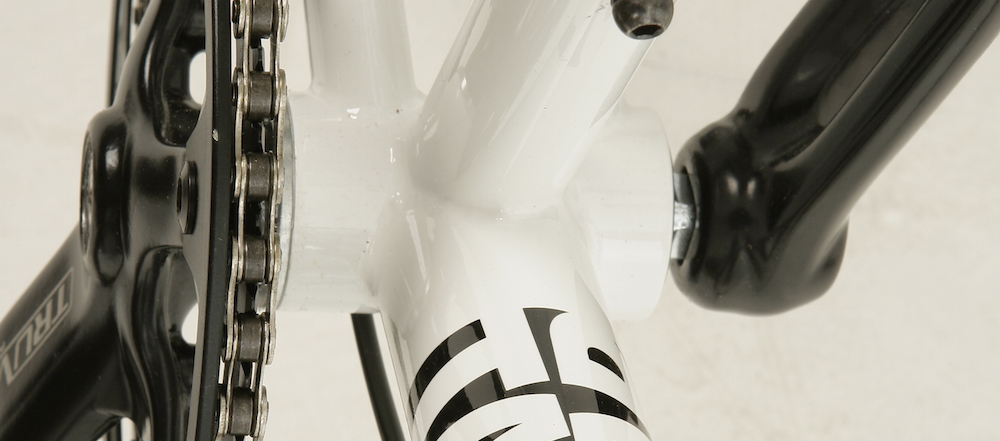
External threaded bearings
Shimano was an early advocate of moving the bearings outside the bottom bracket shell. In 2003 it released its Hollowtech branded design that revolutionised the world of the bottom bracket.
Today it’s still a widely used solution that increases the distance between the bearings for extra rigidity, while continuing to use the threads present in steel and alloy bottom bracket shells.
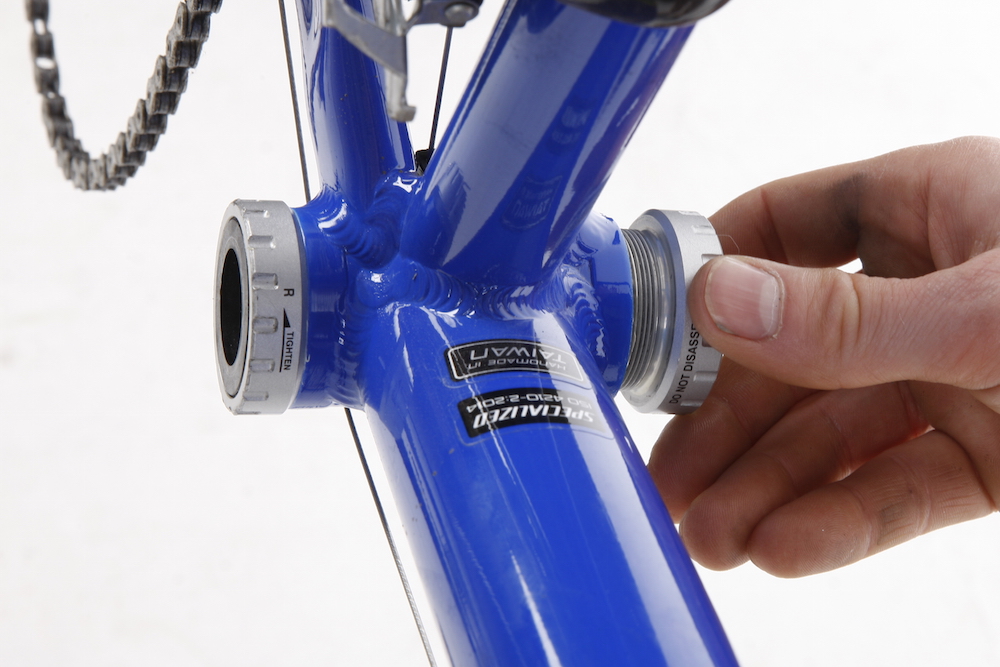
It also means that the axle diameter can be increased to 24mm, which increases axle stiffness. The axle is hollow, which reduces the weight too. The bearings are usually housed in sealed races, which makes them easy to remove or replace. And there’s a really solid interface between the bearings and the frame, which should eliminate creaking (see later).
As well as Shimano, sealed external bearings are available from SRAM, in both its GXP design and under the guise of its newer DUB bottom bracket, and Campagnolo, in both Ultra Torque and Power Torque designs. It’s well worth remembering that none of these external bearing systems are cross-compatible.
Press Fit Bottom Brackets
BB30, PF30 and BB30a Pressfit
With the rise of carbon fibre as a frame material, threaded bottom brackets presented a problem. Since you can’t easily cut a thread into carbon, manufacturers needed to insert a threaded metal piece into the bottom bracket shell to screw in the bearings, which added weight.
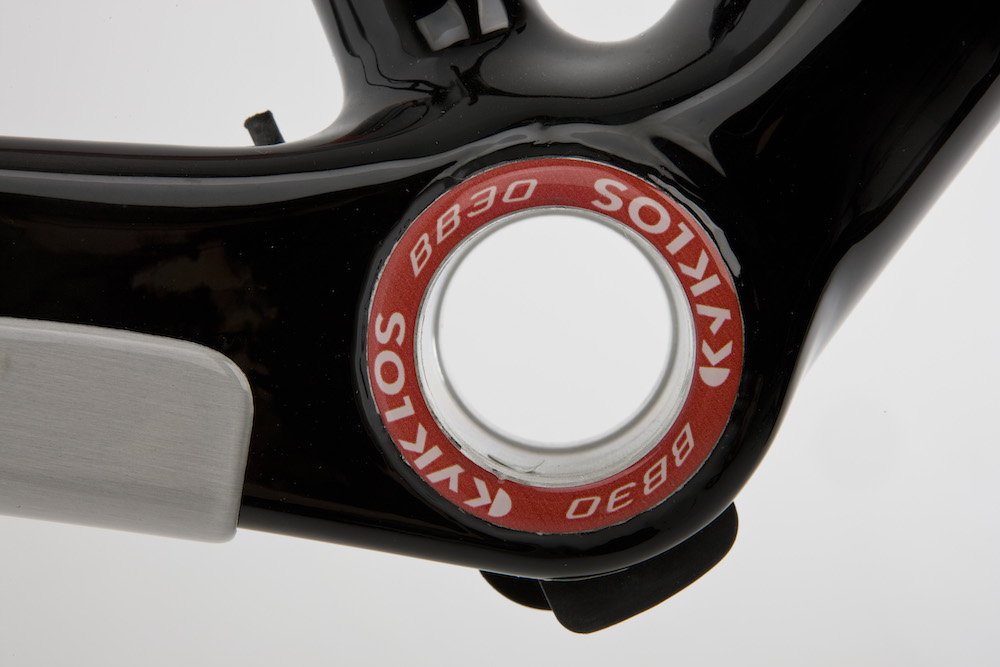
So Cannondale promoted its BB30 system as an open solution which could be adopted by other manufacturers. Rather than screwing in, the bearings are pushed into the carbon bottom bracket shell, using a threaded press, like that used for headset bearings, and a special adapter to fit the bearings and make sure that they end up parallel. There’s a circlip inside the shell on either side to ensure that the bearings stay in the right position.
The axle diameter is increased from 24mm to 30mm too, which means that it can be made lighter without losing rigidity, although the shell width is still 68mm. Having the bearings inboard in the shell means that there’s extra room for wider frame tubes, allowing bike designers to add frame rigidity for more efficient pedalling.
Pressfit bearings are widely used for modern carbon frames. But the BB30 standard requires close tolerances in the frame to ensure that the bearings fit without play. Early BB30 frames were notorious for creaky bearings, although Loctite and more accurate frame building have reduced the problem significantly.
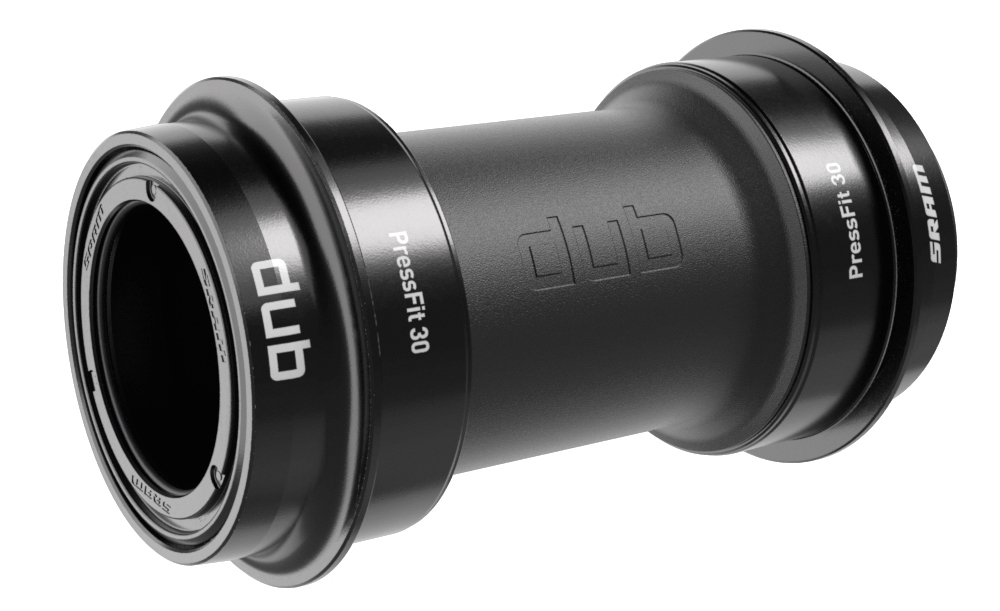
Another way of making BB30 bearings more robust, which is widely used, is the PF30 bearing. This has the same dimensions as BB30, but instead of using circlips to retain the bearings, these are housed in a plastic sleeve. This pushes through the bottom bracket shell, keeping the bearings aligned and reducing the risk of squeaking. It also means that frame tolerances don’t have to be so exact.
But the plastic sleeve can be prone to wear, so PF30 bottom brackets may need replacing more frequently.
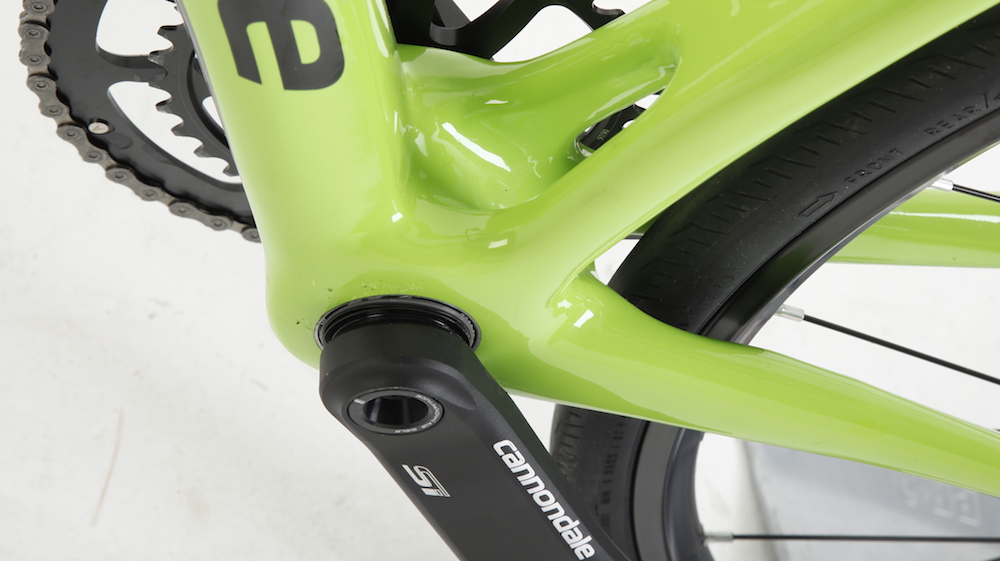
Although the BB30 and PF30 standards have been widely adopted, there’s still a little distance between the crank arm and the bearing on the non-drive side. So Cannondale is increasingly using BB30a bearings on its more recent bikes. This is essentially the same as BB30, but just moves the left hand bearing outwards by another 5mm, adding a bit of extra crank stability.
Campagnolo and SRAM offer BB30 cranksets, as do FSA and other groupset makers. But Shimano has never joined the BB30 party, preferring to promote its own press-in bearing standard. Which is why you’ll often see bikes sold with FSA chainsets in BB30 bearings, but otherwise using Shimano mechanicals.
BB86
Shimano’s preferred press-in bearing solution is BB86. This places the bearings 86mm apart – the same distance as its screw-in external bearings. But the BB86 bearings are totally enclosed within the bottom bracket shell, so there’s even more bottom bracket real estate, allowing designers to beef up the bike’s down tube and chainstays.
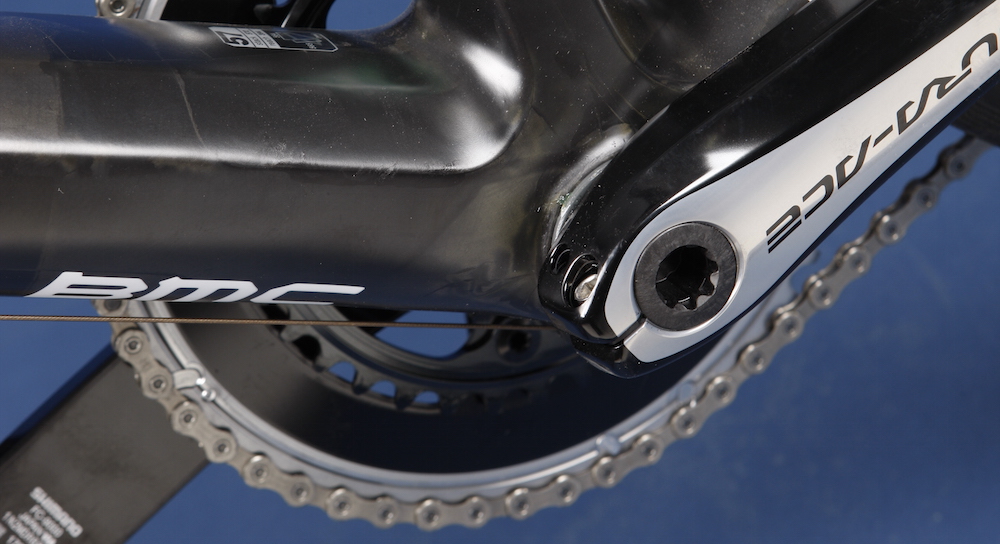
The axle diameter remains 24mm though, so its walls need to be thicker than a BB30 axle to retain rigidity and BB86 systems tend to be slightly heavier than their BB30 equivalents.
Yet more bottom bracket standards
So all of the main standards available have their downsides, as well as their advantages. And bike manufacturers have been quick to tweak them, which has led to yet more “standards”, which we’ll go through.
BBright
Cervélo’s bikes use the BBright bottom bracket system,. It has a 30mm diameter axle with pressfit bearings like BB30, but pushes the non-driveside bearing out by 11mm, for a bottom bracket width of 71mm. This makes the bottom bracket shell asymmetric, displacing its centreline relative to that of the frame. Cervélo says that this allows it to increase left side chainstay width for – you guessed it – yet more frame rigidity.
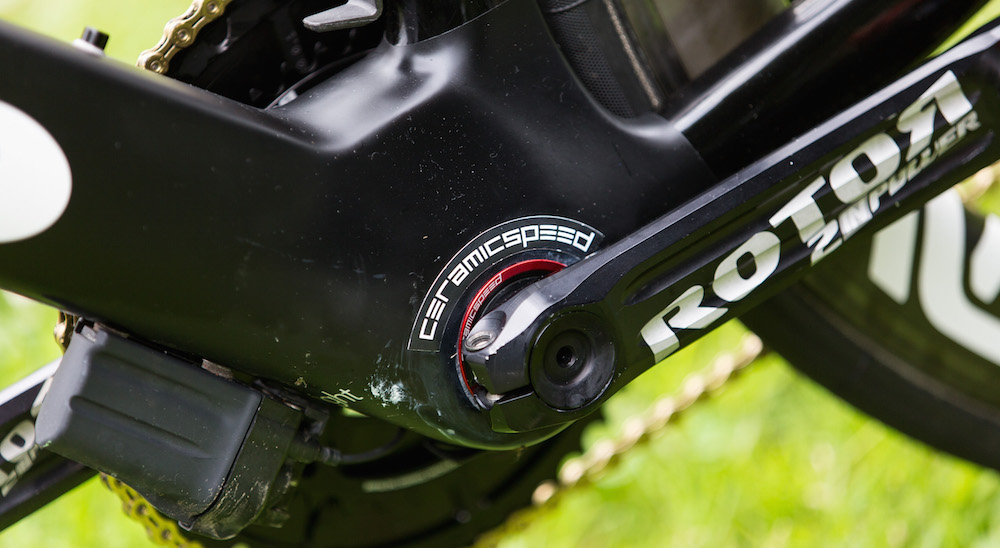
BB90 and BB95
Is Trek’s favourite standard for its road bikes. Trek has bearing seats moulded directly into the bottom bracket shell, so there’s no need for spacers, circlips or sleeves. The bearings just press directly into the frame.

As the name suggests, the bottom bracket shell is 90mm wide. Despite this, a standard 24mm spindle will still fit into the shell, so it’s compatible with Shimano chainsets.
Specialized OSBB
Yet another maker-specific standard, OSBB (which stands for oversize bottom bracket) is used on some Specialized machines. It’s very similar to BB30 and will fit a BB30 chainset. But the original all-carbon OSBB shell has a plastic sleeve insert and is 61mm wide by 46mm in diameter, as against BB30’s 68mm x 42mm.
While Specialized no longer use the standard on its current road bikes, with the US brand using the BSA 68mm threaded standard on the Aethos, the Tarmac and Roubaix, the OSBB will no doubt still be in use on many frames out in the wild.
Confusingly, Specialized also uses the OSBB name for its BB30 standard (68x42mm) bottom bracket shells, where there’s an alloy insert in the frame.
Colnago ThreadFit 82.5
Compatible with BB86, Colnago uses this system on some of its high end frames. It consists of an alloy sleeve through the frameset, into which alloy cups are threaded. The replaceable bearings are then pushed into the cups.
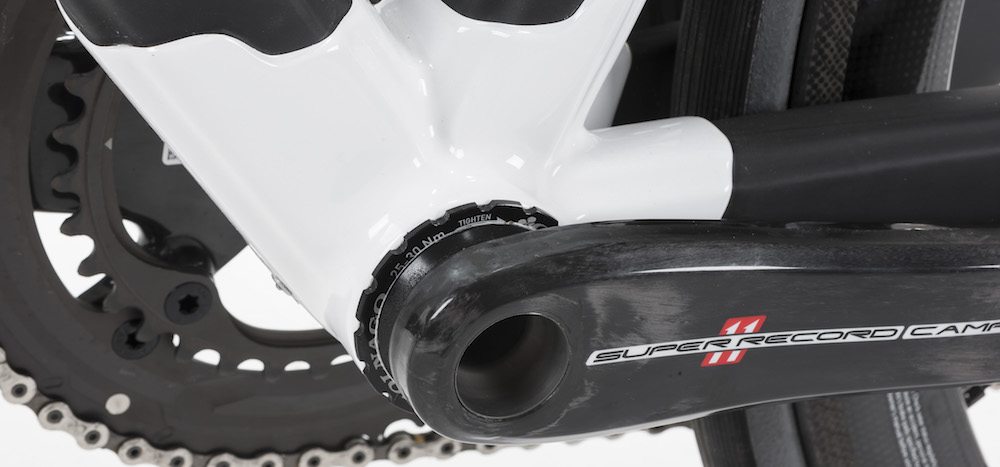
Colnago says that its design improves rigidity, reliability and ease of maintenance. It says that the frame life is extended too – a nice extra in a premium machine.
Look BB65
Look’s high end bikes use its Zed2 or Zed3 single piece chainset, which has a 50mm axle diameter. It’s threaded through the bottom bracket shell, before the bearings are pushed into the frame, using a proprietary tool.
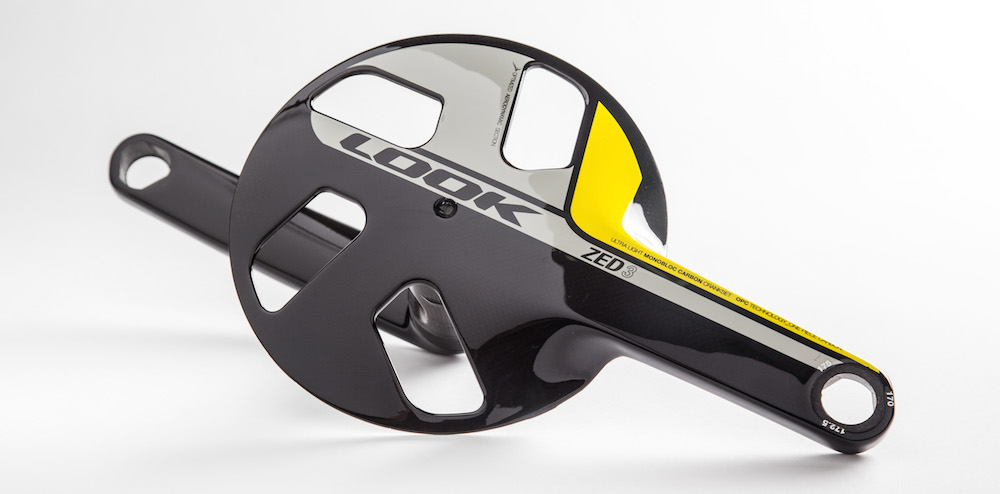
This means a bottom bracket shell which has a higher diameter than others – and a unique bearing size and bottom bracket shell width: 90x65mm.
BB30-83 Ai
Cannondale’s SuperX cyclocross bike uses yet another variant of BB30. To add clearance for extra-wide tyres or extra-muddy cyclocross courses, this goes one up on the brand’s BB30a, by increasing the bottom bracket shell width to 83mm and, like Cervélo’s BBright system, positioning the bearings off-centre from the frame.
BB386Evo
Designed to unite multiple bottom bracket standards, BB386Evo is FSA’s solution to improve frameset compatibility. FSA makes a wide variety of adapters to deal with this, but the design is based on a 30mm spindle. It will cope with BB30 and BB86, as well as threaded BSA shells.
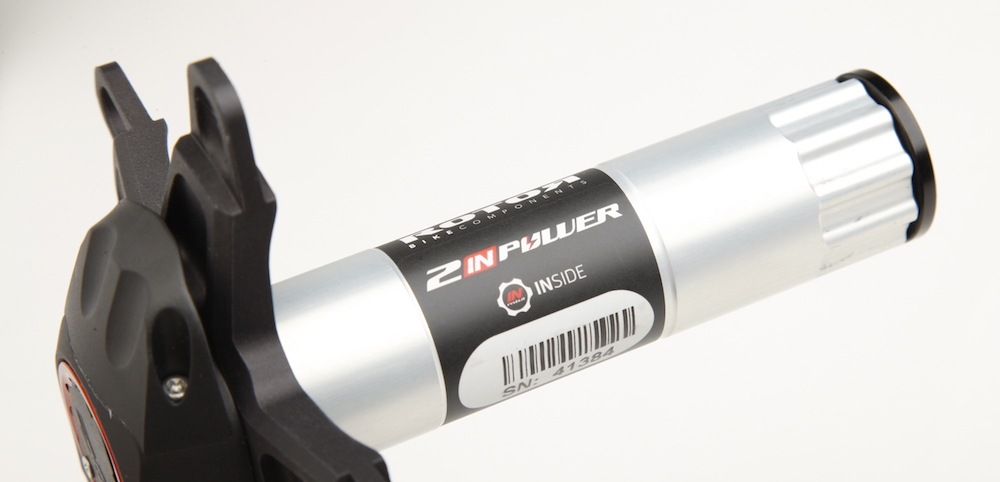
The bottom bracket shell width is 87mm, while the 46mm shell diameter means that it will accept PF30 bearings. Although the bearings are placed further apart than in a BB30 set-up, the downside is that the axle is longer than a BB30 axle and so is a bit less stiff. And you need either a 24mm diameter or BB386Evo chainset (which FSA would be pleased to sell you).
Praxis M30
Praxis sells chainsets with its own M30 standard. These have a tapered spindle with a 30mm drive side bearing and a 28mm left side bearing. Praxis sells a range of bottom bracket bearings to fit its cranks, compatible with the main bottom bracket standards, including threaded and press fit options.
Threadfit T47
The Threadfit T47 standard (no relation to Colnago’s ThreadFit system) was originally developed for Argonaut Cycles by Chris King. It uses an oversize, threaded alloy sleeve to house the bearings. Among its advantages touted by Argonaut are a reliable threaded interface and compatibility with all known crank standards.
Once obscure it’s now used by Trek across all its carbon road bikes, with the US brand making the switch due to the T47 ease of service as well as the system offering "extra stiffness and for better power transfer and pedaling efficiency".
SRAM DUB
DUB stands for Durable Unifying Bottom Bracket. It uses a 28.99mm axle diameter and was released in 2018 initially for mountain bikes. However it’s now available for road bikes too with SRAM aiming for a bottom bracket design that’s compatible with a range of different frames.
Adapters
There’s a whole industry which has sprung up to increase compatibility between the different standards, as well as selling replacement bottom bracket bearings when yours gives up. So, for example, you can get adapters which let you run a 24mm crank spindle in a BB30 frame, and which take care of the extra axle length too.
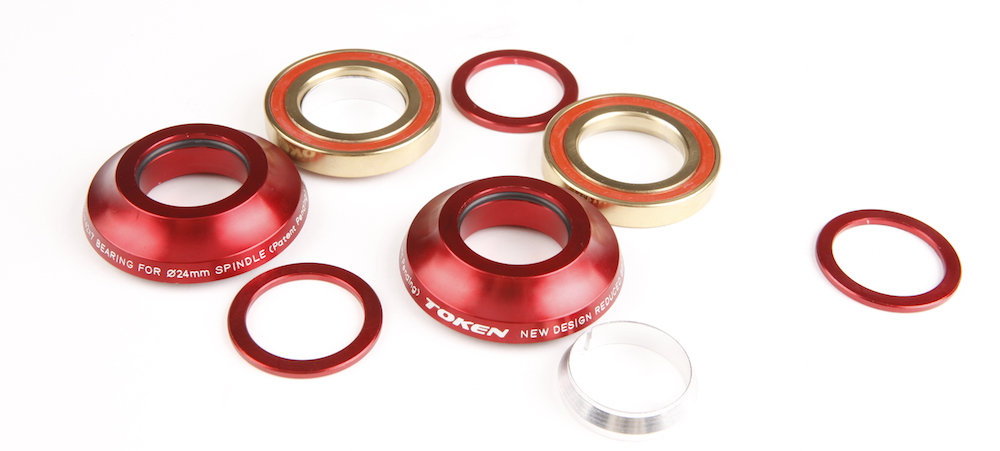
They’re often designed with threaded sleeves which connect one bearing to the other. When the bearings are tightened, these expand and press against the sides of the bearing shell. If you’re suffering from a creaky bottom bracket, it can be an effective way of remedying it.
Companies specialising in adapters include Praxis, FSA, Token and Wheels Manufacturing.
Installing a Bottom Bracket
Threaded bottom bracket installation
The threaded bottom bracket has always appealed to the home mechanic. It's designed with serviceability in mind and with the right tools it's a pretty straightforward job.
Due to the threaded interface it's a simple as screwing on a lid. You'll need to grease the threads and you'll also ideally have a bottom bracket tool that's compatible with your chosen BB. This will allow you to tighten it to the recommended torque at the end. However up until this point you should be able to fit the bottom bracket by hand.
Before you begin it's worth checking if the face of your bike's bottom bracket shell is smooth. This will allow the bottom bracket to sit flush to the frame. Any excess paint or chips will prevent this. While this should have been taken care of at the factory it's not always the case; your local bike shop will be able to face your BB if needed.
Remember that BSA standard bottom brackets have a left and right side to match the threads in the frame's BB shell. Also pay attention not to cross thread the bottom bracket when you first begin to tighten it.
Press Fit bottom bracket installation
Fitting press fit bottom brackets is less straightforward.
You'll need a specifically-designed press, which is not usually found in the home mechanic's tool kit. It's an expensive item and hacks designed to simulate the press are not recommended (even if you can find them on YouTube).
Essentially the tool presses the bearings into the frame. It's designed to do this squarely, though like any tool, if used incorrectly it can result in problems. In most cases it's a job for a professional mechanic, who'll have the tools and the experience.
Removing a press fit bottom bracket requires yet another tool. Depending on your bottom bracket this can involve hammering out the worn bearings. The tool is seated inside the shell against the bearings and then hit with a mallet. Again, given the cost of replacing an expensive carbon frame, it's a job best left to the pros.
What is the bottom bracket of a road bike?
A bottom bracket connects your cranks to your bike's frame, allowing you to pedal freely. It does this using two sets of bearings. Depending on your bike the bearings can sit externally or internally within the frame.
Your bike's bottom bracket shell is located at the bottom of the frame, where the seat tube, down tube and chain stays all meet. It will either be threaded and require a threaded bottom bracket or 'threadless', which requires a press fit bottom bracket.
When should I replace my bottom bracket on my road bike?
Your bottom bracket features two sets of (usually) sealed bearings. Like any bearings on a bike these are subject to wear and tear. Water and dirt ingress will also cause the bearings to become gritty over time. Spinning the cranks (with the chain dropped) should tell you how smoothly your bearings are running. Equally if your crank has developed any 'play' its also a good indication that your bottom bracket needs replacing. To check this hold the crank arms and see if there is any side-to-side wobble.
How long does a road bike bottom bracket last?
The longevity of your bike's bottom bracket will depend on a few factors. Firstly there are varying qualities of BBs available. Cheaper models will often use low-grade grease and basic seals. More expensive models should offer better protection against the elements due to improved grease and seals. They should also feature higher-grade bearings.
Where you ride also impacts the life of your bottom bracket. If you're consistently riding in wet weather then it's likely to wear more quickly than a bike that's only ever used in dry conditions. Equally regular exposure to sand and dirt will also likely shorten a BB's life.
Keeping your bike clean after wet and dirty rides should help prolong the life of your bottom bracket. Threaded BBs can also be removed from time to time to regrease the threads and give the shell a good clean.

Thank you for reading 20 articles this month* Join now for unlimited access
Enjoy your first month for just £1 / $1 / €1
*Read 5 free articles per month without a subscription

Join now for unlimited access
Try first month for just £1 / $1 / €1
Get The Leadout Newsletter
The latest race content, interviews, features, reviews and expert buying guides, direct to your inbox!
Paul started writing for Cycling Weekly in 2015, covering cycling tech, new bikes and product testing. Since then, he’s reviewed hundreds of bikes and thousands of other pieces of cycling equipment for the magazine and the Cycling Weekly website.
He’s been cycling for a lot longer than that though and his travels by bike have taken him all around Europe and to California. He’s been riding gravel since before gravel bikes existed too, riding a cyclocross bike through the Chilterns and along the South Downs.
- Luke FriendFreelance writer
-
 Aero bikes with gravel wheels?: Six tech insights from Paris-Roubaix Femmes
Aero bikes with gravel wheels?: Six tech insights from Paris-Roubaix FemmesEverything we found out about tyre widths, self-inflating systems, and wheel choices from the cobbled Monument
By Tom Davidson Published
-
 'This race is absolutely disgusting': Peloton reacts to another brutal Paris-Roubaix Femmes
'This race is absolutely disgusting': Peloton reacts to another brutal Paris-Roubaix FemmesNow in its fifth edition, Paris-Roubaix Femmes is still a tough race, even for the best bike riders in the world
By Adam Becket Published